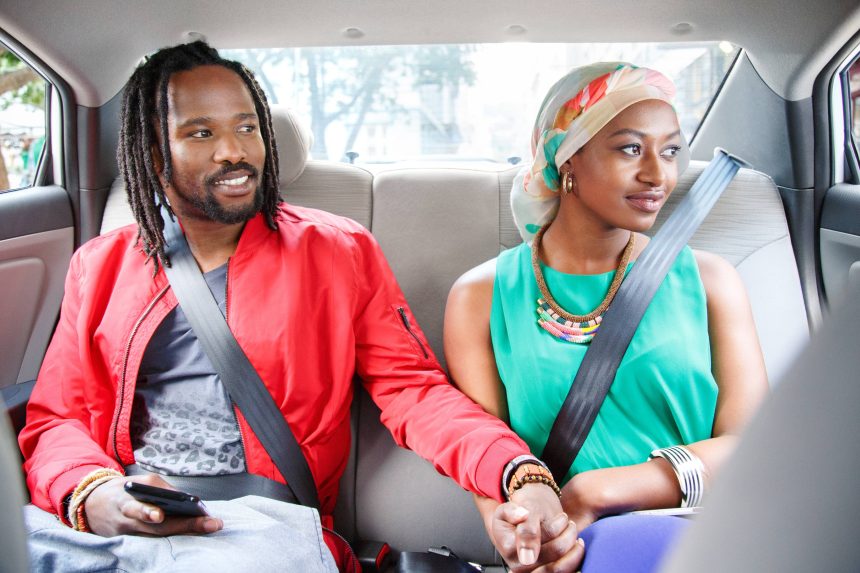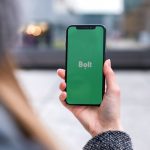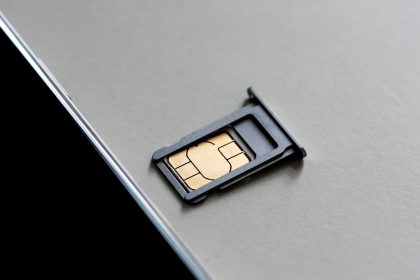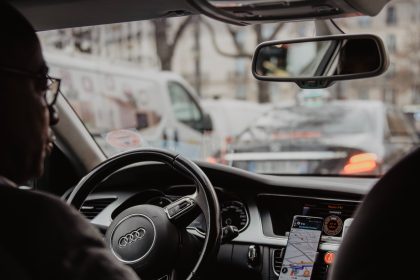The transportation industry has face massive disruptions due to the coronavirus.
Uber, the most popular ride-sharing company, is no exception. While the coronavirus came with a number of challenges, it also presented an opportunity to adapt our tech to unlock earning opportunities for drivers and become a safe and reliable transport app to riders.
Adapting To Meet the Needs of the Community
The initial travel restrictions placed by the government forced Uber to think out of the box to innovate and outline opportunities and solutions for our business as well as our drivers at a rapid pace. In order to assist communities, Uber partnered with two NGOs, FreeLunchGH and the Safe Space Foundation to provide free rides to their frontline workers while ensuring they have a reliable and efficient way of getting to and from the communities they provided assistance to.
Supporting Drivers During These Times
Uber recently launched Uber Connect, a cost-effective, on-demand delivery solution that allows people to send packages to one another from the Uber app. This was our effort to utilize its networks to unlock additional earning opportunities. As a commitment to supporting drivers, Uber continues to provide up to 14 days of financial assistance to drivers diagnosed with COVID-19 or ordered to self-quarantine by a doctor or public health authority, including where they have a pre-existing health condition that puts them at higher risk.
Keeping Safety top of mind
The health and safety of the community come first and improving the riders experience is of the utmost importance. We are doing our best to support drivers and riders during these unprecedented times and to limit the spread of the coronavirus we adapted our safety measures.
Pre-trip
Uber introduced a number of features such as mask verification, which is part of an in-app safety checklist. Before drivers go online they will be asked to take a selfie to verify they are wearing a mask or face covering using new object recognition technology. Drivers can also cancel a ride without a penalty if a rider isn’t wearing a mask or face covering. Riders can do the same.
Uber also introduced a safety checklist for riders and drivers where they are both required to take safety precautions like washing their hands before getting in the car for riders. Drivers will be asked to confirm they’ve taken additional safety measures such as regularly sanitising their car and making hand sanitizer available for their riders.
On Trip
During this time, Uber asked riders to handle their own personal belongings such as luggage, shopping, or a car seat as well as maximised seating capacity at 50% per vehicle, and riders need to sit in the back seat to encourage physical distancing between riders and drivers.
Post-trip
Uber has added new options for feedback in the Uber app, including if a rider or driver is not wearing a mask. Anyone who is repeatedly flagged for violating our new safety policies risks losing access to Uber’s apps. Uber’s two-way feedback system has long helped ensure both riders and drivers uphold certain standards by requiring feedback on issues like vehicle quality, navigation, and speeding, and we encourage all users to make use of this service for any issues.
Uber continues to work with the World Health Organization and the latest public health advice, we have compiled safety tips and recommendations specifically geared toward ridesharing. This will be used to educate riders and drivers when we learn of unsafe behaviour.










